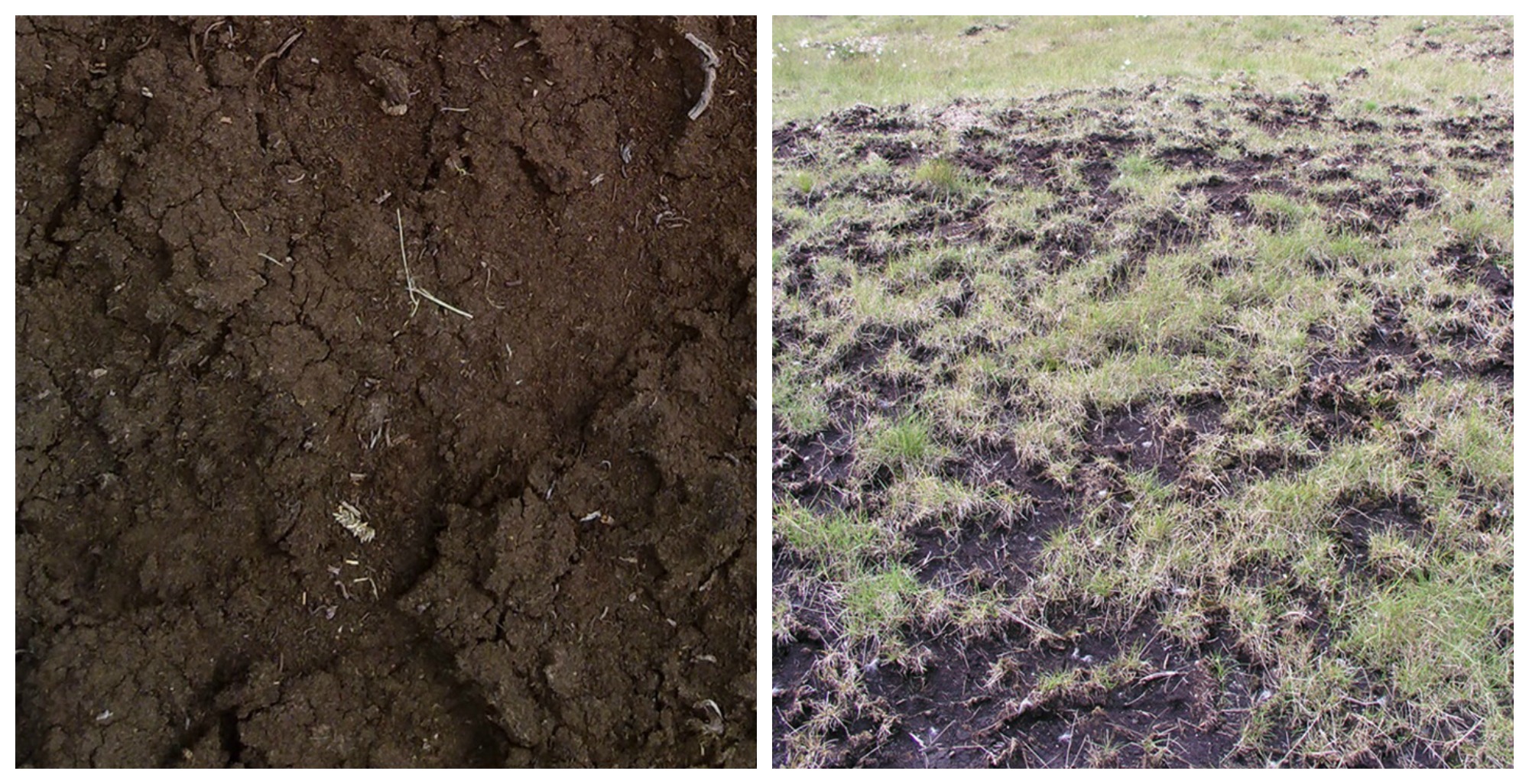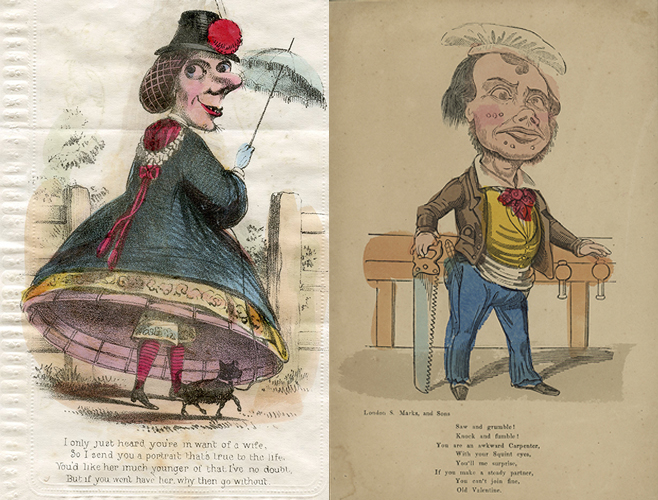News | Thursday, 14th May 2015
Bacteria could help peat’s climate change challenge
Bog-based microbes can reverse carbon emissions

BACTERIAL and fungal microorganisms could hold the key to preventing carbon-rich peat from contributing to climate change.
Peat bogs exist across the globe but many are degraded or under threat, which can lead to loss of biodiversity, emission of greenhouse gases and reduction in water quality.
In one of the first studies of its kind, published today, ecologists from Manchester Metropolitan University (MMU) demonstrated how microbes living in peat can help conservation efforts to reverse the degradation caused by pollution, farming and climate change.
Peat bogs are wetland ecosystems which cover 4 million km² of the Earth’s surface and store a third of terrestrial carbon. The UK alone hosts 15-19 per cent of global peat bog, estimated to store 3.2 billion tonnes of carbon.
Greenhouse gases
MMU researchers identified bacteria and fungi in both degraded and re-vegetated peat soil samples from Holme Moss, in the Peak District. These microbial communities drive biogeochemical cycles that influence the storage of carbon and emission of greenhouse gases such as carbon dioxide and methane.
Results showed that different bacteria and fungi were associated with specific vegetation and soil chemical properties, such as soil moisture and toxic heavy metals from past industrial pollution. Degraded peat had fewer living microorganisms.
Dr David Elliott, lead researcher, said: “Peat could contribute to climate change unless something is done to halt degradation. Up to 70 per cent of carbon-storing peat bog is in a degraded state with extensive unvegetated areas prone to severe erosion.
“Whilst healthy peatlands store a lot of carbon, degraded peatlands are at risk of emitting large amounts of greenhouse gases. Degraded peatlands also have lower biodiversity, and impact on water quality because loose peat finds its way into streams and reservoirs.
DNA
“Bacteria and fungi were found to respond very quickly to vegetation change but also to changes to soil properties making them potential bio-indicators of degradation and restoration.
“These microorganisms are drivers of biogeochemical carbon and nitrogen cycles and hold great promise as ecosystem engineers. We recommend that environmental monitoring and restoration projects consider the activities of microbes in order to maximise their success.”
The study is the first to use DNA sequencing of bacterial and fungal marker genes to identify microorganisms in a degraded peatland undergoing natural and managed restoration.
This project and previous conservation projects at MMU have been backed by the Moors for the Future partnership, which seeks to restore peatland to re-establish typical moorland plants and sphagnum mosses.
This project and previous conservation projects at MMU have been backed by the Moors for the Future partnership, which seeks to restore peatland to re-establish typical moorland plants and sphagnum mosses.
________________________________________
NOTES FOR EDITORS
The paper, ‘Bacterial and fungal communities in a degraded ombrotrophic peatland undergoing natural and managed re-vegetation’, was published today in PLOS ONE by MMU authors Dr David Elliott, Dr Robin Sen, Professor Simon Caporn and Felix Nwaishi, in collaboration with Henrik Nilsson at the University of Gothenberg in Sweden. See here http://journals.plos.org/plosone/article?id=10.1371/journal.pone.0124726
MMU Masters student Felix Nwaishi who contributed to this work during his studies, is now investigating post-mining peatland restoration in his PhD programme at Wilfrid Laurier University, Canada.
This work coincides with the International Year of Soils established and co-ordinated by the UN Food and Agriculture Organisation to highlight threats to global soil and food security and ecosystem services (http://www.fao.org/soils-2015/en/).




